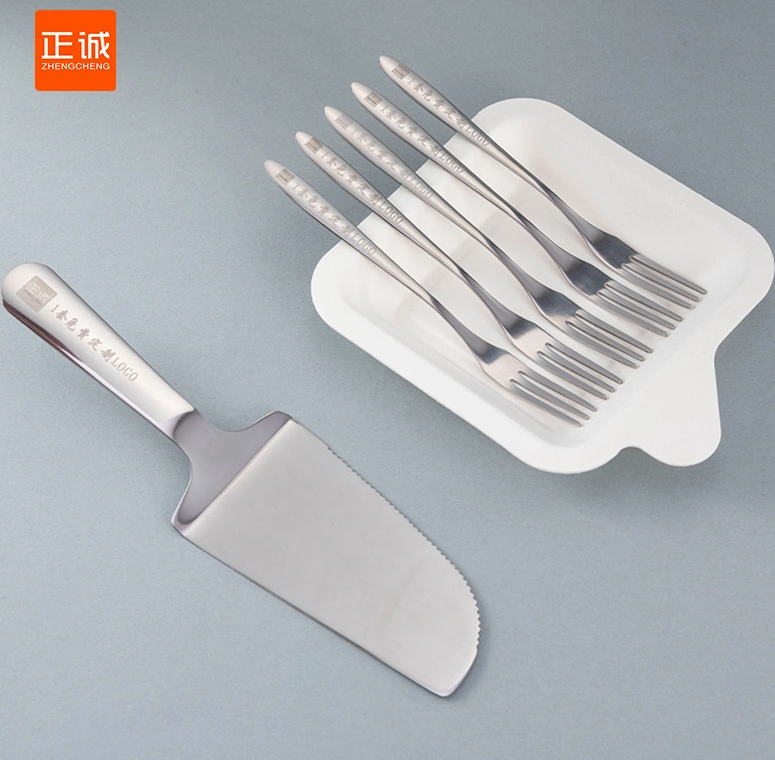In the realm of printing technology, the debate between laser and inkjet printers has been a long-standing one. While inkjet printers have traditionally been favored for their lower initial purchase price, laser printers are increasingly being recognized for their cost-effectiveness over time. This article delves into the question: Are laser printers cheaper in the long run? We will explore various factors including initial costs, operational expenses, maintenance, and overall efficiency to provide a nuanced understanding of the long-term financial implications of choosing a laser printer.
Initial Investment: The Price of Entry
When considering the purchase of a printer, the initial investment is often the first factor that comes to mind. Inkjet printers typically have a lower upfront cost, making them an attractive option for home users or small businesses with limited budgets. In contrast, laser printers tend to be more expensive initially. However, it is crucial to look beyond the sticker price and consider the total cost of ownership (TCO).
Cost of Consumables: Toner vs. Ink
One of the most significant factors influencing the long-term cost of a printer is the price of consumables—specifically, toner cartridges for laser printers and ink cartridges for inkjet printers.
- Toner Cartridges: Laser printers use toner, which is a dry powder. While toner cartridges may have a higher upfront cost, they yield significantly more pages than ink cartridges. For instance, a standard toner cartridge can print anywhere from 2,000 to 10,000 pages, depending on the model. This translates to a lower cost per page, often making laser printers more economical for high-volume printing.
- Ink Cartridges: Inkjet printers, on the other hand, use liquid ink cartridges that typically yield fewer pages—often around 200 to 500 pages per cartridge. This means that users may find themselves replacing ink cartridges more frequently, leading to higher ongoing costs over time.
Maintenance and Longevity
Another critical aspect to consider is the maintenance and longevity of the printers. Laser printers are generally built for durability and can handle larger volumes of printing without significant wear and tear.
- Durability: Laser printers often have a longer lifespan than inkjet printers, which can be prone to issues such as clogged print heads and ink drying out if not used regularly. This durability translates to fewer replacements and repairs, further enhancing the cost-effectiveness of laser printers over time.
- Maintenance Costs: While both types of printers require maintenance, laser printers typically incur lower maintenance costs. They have fewer moving parts and do not require regular cleaning of print heads, which can be a common issue with inkjet printers.
Energy Efficiency
Energy consumption is another factor that can influence the long-term costs associated with printers. Laser printers tend to consume more energy during the printing process due to the heat required to fuse toner onto paper. However, they often have lower energy consumption during standby mode compared to inkjet printers, which can help offset some of the energy costs.
Environmental Considerations
In addition to financial implications, the environmental impact of printing technology is becoming increasingly important. Laser printers produce less waste in terms of consumables, as toner cartridges are often recyclable. Furthermore, the longevity of laser printers means that they are less likely to contribute to electronic waste compared to their inkjet counterparts.
Conclusion: A Long-Term Perspective
In conclusion, while laser printers may require a higher initial investment, they often prove to be cheaper in the long run when considering the total cost of ownership. Factors such as the cost of consumables, maintenance, durability, and energy efficiency all contribute to the overall financial benefits of laser printers, especially for users with high-volume printing needs.


